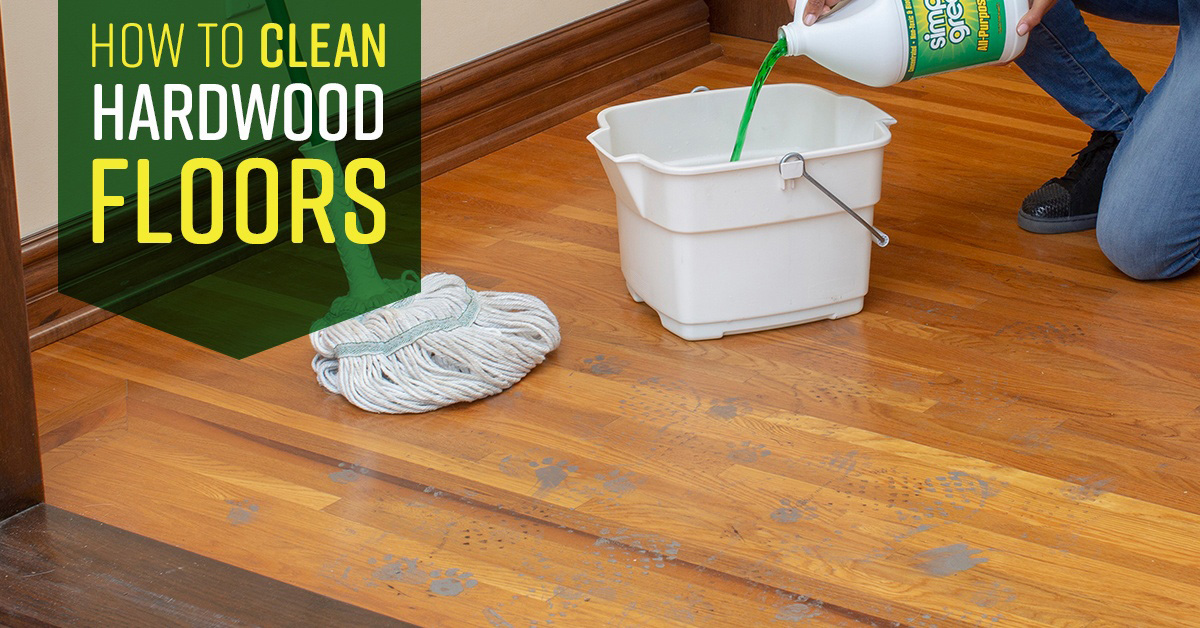Have you ever been tempted to reach for the vinegar bottle when cleaning your laminate floors? It’s a natural cleaning agent, readily available, and cheaper than commercial floor cleaners. But before you get carried away, there’s a crucial question to consider: Is it safe to mop your laminate floors with vinegar and water?

Image: davisdiane.blogspot.com
The answer, in short, is sometimes. While vinegar is a fantastic cleaner for various surfaces, it’s not always the best choice for laminate floors. The key lies in understanding the potential risks it poses, how to use it safely, and when to stick to alternative cleaning methods.
Understanding Laminate Floors
Laminate floors, a popular choice for their durability and affordability, are essentially composite boards with a decorative layer mimicking various materials like wood, stone, or tile. This layer is coated with a protective finish that shields the core from scratches, moisture, and wear. The protective finish is crucial for maintaining the longevity and aesthetics of laminate floors.
The Pros and Cons of Vinegar on Laminate Floors
Vinegar’s cleaning power lies in its acidic nature. This acidity effectively breaks down grime, grease, and other stubborn messes. However, this same acidity can be detrimental to some protective finishes, particularly those with wax or polyurethane coatings.
Potential Benefits:
- Cost-effective: Vinegar is a readily available and inexpensive cleaning agent.
- Natural and eco-friendly: It’s free of harsh chemicals, making it a safer choice for your home and the environment.
- Effective against grime and bacteria: Its acidic nature helps fight off common bacteria and removes dirt and grime.

Image: phenergandm.com
Potential Risks:
- Damage to protective finish: Vinegar can dull or even damage the protective coating on some laminate floors, especially those with wax-based finishes. It can strip away the gloss and affect the overall appearance.
- Warped floorboards: Excessive moisture from vinegar solutions can penetrate the seams of laminate flooring, causing warping or buckling over time.
- Discoloration: Vinegar can sometimes lead to discoloration, especially on certain types of laminate with lighter colors. This can be more noticeable over time with repeated cleaning.
When to Use Vinegar and When to Avoid It
The key is to use vinegar with caution and to understand the type of laminate you have. Here’s a simplified guide:
Use Vinegar with Caution:
- Laminate floors with polyurethane finishes: These are generally more resistant to vinegar and can tolerate occasional cleaning with diluted vinegar solutions.
- Regular cleaning: For regular cleaning, consider using a very diluted vinegar solution (a tablespoon or two per gallon of water) and testing it on a small, inconspicuous area first. Be sure to dry the floors thoroughly afterward.
Avoid Vinegar:
- Laminate floors with wax finishes: Wax is more vulnerable to vinegar’s acidic properties and is likely to be damaged by its use.
- Damaged or worn laminate: If your laminate floor shows signs of wear or damage, using vinegar might further compromise the protective coating and lead to accelerated deterioration.
- Uncertain about the finish: If you are unsure about the type of finish on your laminate floor, it’s best to err on the side of caution and avoid vinegar altogether.
Alternative Cleaning Methods for Laminate Floors
If you’re hesitant about using vinegar on your laminate floors, there are plenty of safe and effective alternatives. Here are a few popular options:
1. Diluted Dish Soap
- Mix a few drops of mild dish soap with warm water.
- Use a soft mop or cloth to clean the floor.
- Rinse the floor thoroughly with clean water and dry it completely.
2. Baking Soda Solution
- Mix a quarter cup of baking soda with warm water.
- Apply the solution to the floor and scrub gently with a soft brush or mop.
- Rinse the floor thoroughly with clean water and dry it completely.
3. Commercial Laminate Floor Cleaners
- Choose a commercial cleaner specifically designed for laminate floors.
- Follow the instructions on the product label carefully.
- Always apply the cleaner to a damp mop or cloth, and avoid over-wetting the floors.
Important Tips for Cleaning Laminate Floors
Regardless of the cleaning method you choose, follow these tips to maintain your laminate floors:
1. Dry Immediately
Excessive moisture can damage laminate floors. Always dry your floors thoroughly after cleaning, using a soft cloth or a squeegee. Avoid standing water on the surface.
2. Avoid Harsh Chemicals
Avoid using abrasive cleaners, bleach, or ammonia on laminate floors. These chemicals can damage the protective finish and lead to discoloration or scratches.
3. Regular Maintenance
Regular cleaning is essential for keeping your laminate floors looking their best. Sweep or vacuum them regularly to remove dust and debris, and mop them with a damp cloth or mop as needed. This will help prevent dirt and grime from building up and damaging the floor surface.
Can You Mop Laminate Floors With Vinegar And Water
Conclusion:
While vinegar can be a helpful cleaning agent for many surfaces, it’s crucial to be cautious when it comes to laminate floors. Understanding the type of finish on your floor and following the recommended cleaning methods will help you keep your laminate floors looking their best for years to come. Remember, a little knowledge goes a long way in maintaining the beauty and durability of your floors.





